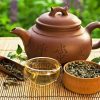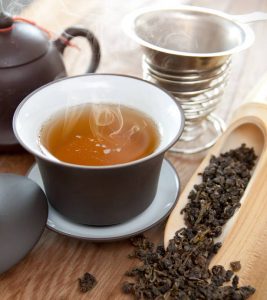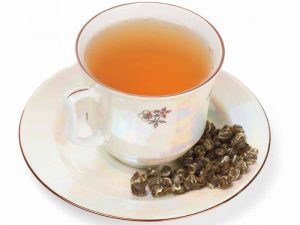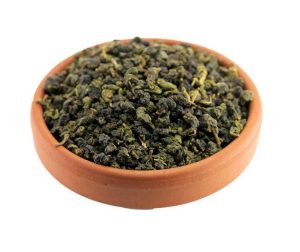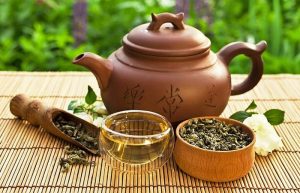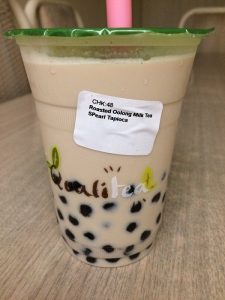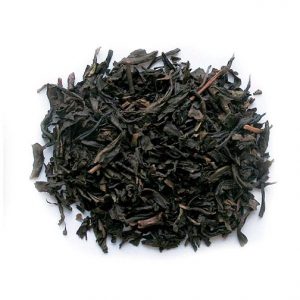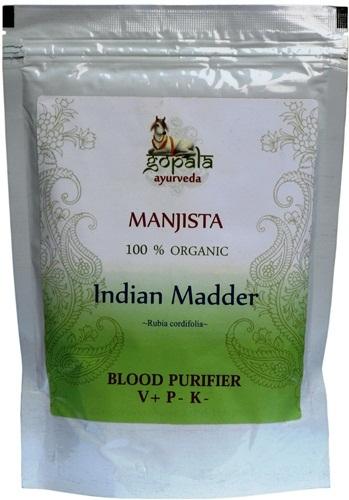Oolong Tea
What is oolong tea
Oolong, a traditional beverage of China, is prepared from the buds, stems, and leaves of Camellia sinensis— the same plant responsible for preparing green and black teas. Developed through the process of partial oxidation, oolong tea comes with a wide range of health benefits because of its high nutritional content.
History and origin
There have been a lot of theories circulating about the origination of oolong tea. The tribute tea theory mentions that the Song dynasty was credited to have discovered it, using it as a gift to be sent to royal families. Its dark, curly and long appearance, earned it the name “Black Dragon Tea”.
The Wuyi theory mentions the existence of oolong tea in Wuyi Mountains area, while the Anxi theory states that this tea developed in the Anxi province of China.
Another tale reveals of the accidental discovery of the tea by a person named Wu Lang, who had forgotten of the tea he had brewed after a tedious day on being distracted by a deer, only to return to see that the decoction had been oxidized.
Does oolong tea have caffeine in it
Oolong tea has a caffeine content greater than green tea but lesser than black tea. The caffeine amount varies, depending on its level of oxidation. In fact, leaves that is less oxidized are low in caffeine and vice versa. Ten ren oolong teas (about 16.6 mg per 2 g) and Stash Exotica Champagne Oolong (55.4 mg per 2 g) contain the lowest and highest amount of caffeine respectively.
What does it taste like
Regarding taste also, one variety of oolong tea would differ from the other, since their levels of oxidation are not the same. They may have a sweet, grassy or strong flavor.
Some of the best varieties of oolong tea
- Da Hong Pao– Grown in the Wuyi mountains, being heavily oxidized and dark in appearance.
- Shui Jin Gui– Turns bright green on being steeped and is greener in comparison to other oolong teas found in the Wuyi mountains.
- Bai Jiguan– A very light tea grown in the Wuyi mountains.
- Rougui– A little difficult to prepare, with about seven steeping needed to bring out its sweet aroma.
- Jin Xuan– Developed in 1980, this is also referred to as milk oolong because of its smooth and creamy taste, though the traditional variation of the tea had no milk in it.
- Black oolong– Dark, roasted oolong with a flavor similar to coffee.
- Darjeeling oolong- Specialized in India, attaining a light colored aromatic texture on being brewed.
- Zealong-Grown in New Zealand.
- Jasmine oolong- Grown in the Anxi county of China, it has emerald green leaves that are tightly rolled and scented with petals of Jasmine.
- Formosa oolong- Developed in Taiwan, it has a smooth, sweet, fruity taste.
Oolong tea vs. green and black tea
Though all three varieties originate from Camellia Sinensis, they differ from each other in the way they are processed. While black tea is completely fermented, green tea remains unfermented; oolong is partially fermented.
Health benefits of drinking Chinese oolong tea: What is it good for
For heart health
Oolong tea is said to have a positive impact on the cholesterol levels, which in turn is responsible for maintaining a healthy heart. In fact, a particular study conducted in China deduced that people who consumed approximately 10 ounces of oolong tea in a week would be at an increased chance of keeping their cholesterol levels under control.
Another finding carried out in Japan involving about 76,000 adults showed that those who had about 8 oz oolong tea in a day were at a lesser risk of suffering cardiovascular disease by about 61%.
Anti-diabetic properties
Oolong tea is said to have anti-hyperglycemic properties since they contain polyphenols (kind of antioxidant having polyphenolic substructure) that work towards reducing blood sugar and keeping insulin levels in check.
A certain study was conducted on about 20 patients taking hyperglycemic medications. 10 of them were asked to drink one and a half liters of oolong tea for a span of 30 days and then start having water for the following 30 days. The remaining 10 were instructed to do the reverse of the first group. The outcome of this finding was that the first group showed a significant drop in the plasma glucose levels while the second group experienced no change as such, though more research is needed to validate this notion.
Helps in weight loss
Scientists are of the belief that the presence of polyphenols in this tea boosts metabolism, thus helping to decrease the amount of fat which has been absorbed from the food you take.
An animal study conducted on mice shows that animals drinking an extract of oolong tea alongside a diet high in fat, and sugar had lesser chances of gaining abdominal fat than those who were fed the same food sans the tea.
Another research conducted in China on obese adults showed how drinking oolong tea affected the body weight of an individual. Participants were asked to drink the tea (300 ml) four times in a day. After about 6 weeks, about 70% of the people participating in the study lost approximately one-kilogram weight.
For dental health
Being a good source of fluoride (0.1 -0.2 mg in 8 ounces), oolong tea is beneficial in preventing cavities and plaque buildup, also helping in strengthening the enamel. However, do not exceed your intake to more than a liter per day as consuming too much fluoride could be harmful.
Maintaining a shiny skin
Having antioxidants, it helps fight free radicals, while its detoxifying properties make it beneficial in flushing out the toxins from the body, thus facilitating it to retain the glow, as well as fight against skin problems like acne and eczema.
In a study, 118 patients with severe eczema were asked to have 1 liter of the tea daily alongside the regular treatment. After a month since the combined treatment started, 63% showed an improvement in their symptoms. The improvement persisted even after 6 months, as seen in 54% of the patients.
For bones
Besides its antioxidant properties, oolong tea has high calcium content, being a good source for maintaining bone density as well as minimizing chances of bone-related problems like osteoporosis. However, patients already having osteoporosis should consult their doctor before consuming this tea.
This study showed that people drinking green, black or oolong tea for a span of about 10 years, had an increased bone density by about 2%.
Another finding conducted on 680 Chinese women who were in the post-menopausal stage showed that those drinking oolong tea regularly had an increased bone density by 4.5 to 4.9%.
Stress reliever
Because of the presence of the amino acid, L-theanine, drinking oolong tea gives a relaxing effect thus helping to relieve stress and anxiety, also increasing attention span. A study mentioned that this amino acid helped in boosting attention within an hour or two of its consumption.
How to make or brew oolong tea
Ingredients
- Water (6 ounces)
- Oolong tea leaves (1 to 2 teaspoon, use less amount of it in case the leaves are rolled into balls and a little more in case of opened leaves)
Instructions
- Heat the water to 180-200 °F and keep it like that for about 2 minutes.
- Pour about a certain amount of it in a cup or glass.
- Put the leaves into it
- Cover the lid well
- Steep it for 1 to 5 minutes depending on the variety
- Serve it hot
To make oolong iced tea, put some cubes of ice or cold water once the tea is cooled. Though many tea enthusiasts suggest drinking oolong tea plain without any additions, you can add two spoonfuls of milk as well as sugar to prepare oolong milk tea.
Note: You can steep oolong tea many times with each brewing giving it a new flavor. When using a teapot with a larger capacity, the leaves can be reused twice or thrice, while in the comparatively smaller ones they can be used about 5 times.
Safety Precautions
Side effects
Though oolong tea is said to be safe when eaten in moderate amounts, overconsumption may result in nausea, vomiting or other side effects because of its caffeine content.
Is oolong tea safe during pregnancy
Though possibly safe during pregnancy, consumption should be in measured amounts as its high caffeine content could take a toll on their health.
Where to buy
You can buy oolong tea powder or even tea bags online or at stores selling black or green tea.
References
- https://www.healthline.com/nutrition/oolong-tea-benefits
- https://www.medicalnewstoday.com/articles/319276.php
- https://www.webmd.com/vitamins/ai/ingredientmono-1099/oolong-tea
- https://teakruthi.com/blogs/tea-break/how-can-oolong-tea-help-type-2-diabetes-patients
- https://www.therighttea.com/oolong-tea-benefits.html
- https://www.verywellfit.com/health-benefits-of-tea-how-different-types-compare-4148086
Article was last reviewed on 6th December 2022
Related Articles
Leave a Reply
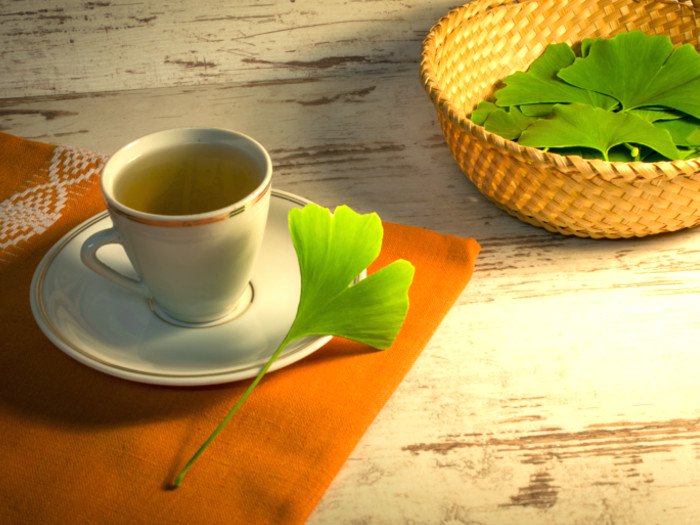
Ginkgo Biloba Tea
The Ginkgo Biloba tea is an herbal infusion obtained from the extract of the dried leaves
Read more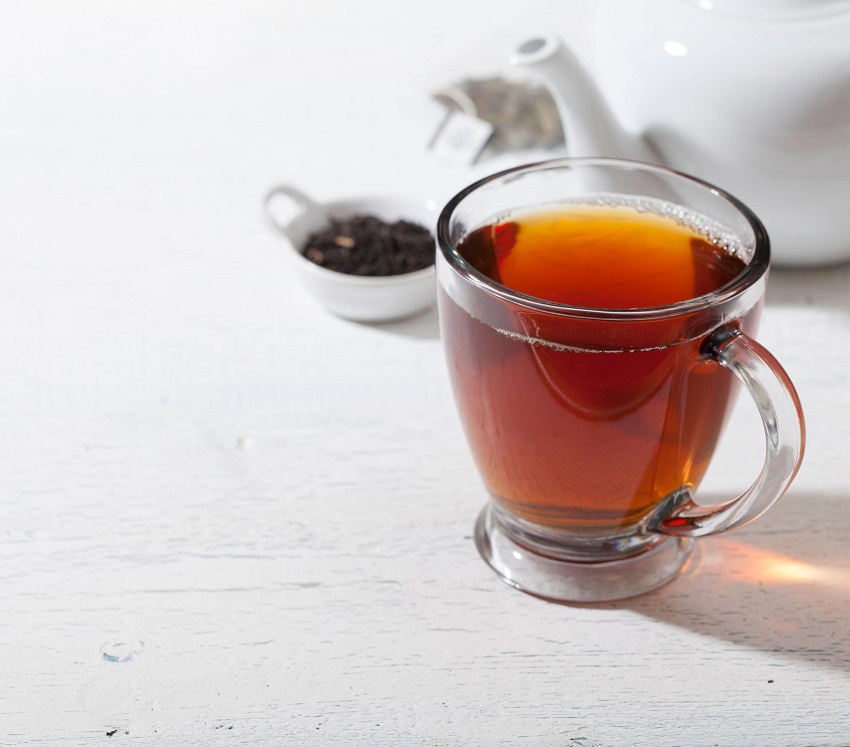
Black Tea
Black tea, belonging to the same group as the green, white and oolong teas is the most oxi
Read more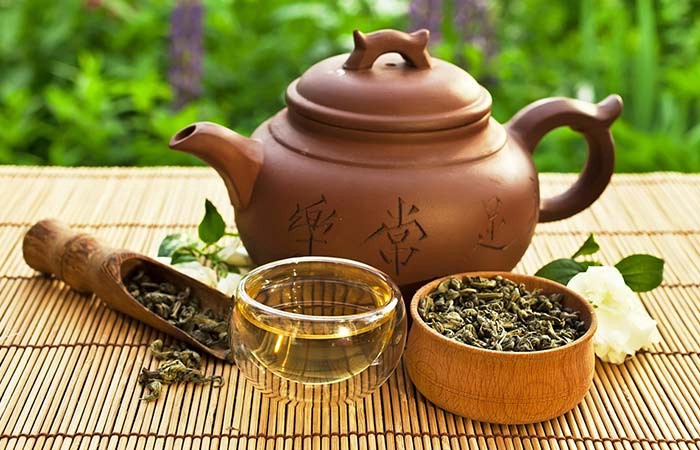
Oolong Tea
What is oolong tea Oolong, a traditional beverage of China, is prepared from the buds, st
Read more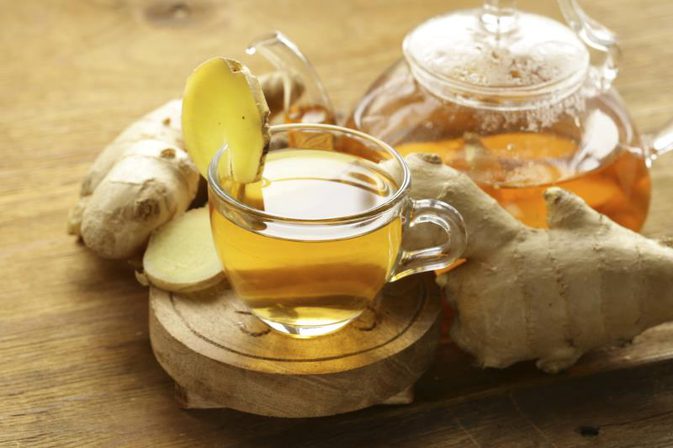
Ginger Tea
Ginger tea, prepared from the roots of ginger, is a popular herbal beverage of Asia. Becau
Read more
